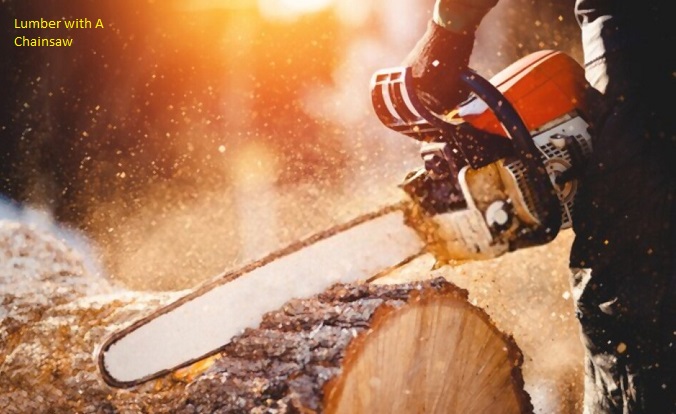In the vast realm of oil exploration, drilling deeper into existing wells has been a topic of intrigue and speculation. As oil reserves deplete and the demand for energy escalates, the quest to unlock hidden reservoirs and tap into new reserves becomes paramount.
In this article, we will embark on a captivating journey to uncover the intricacies of drilling deeper into an existing well. From the technical aspects of deepening wells to the economic and environmental implications, we will delve into the world of petroleum engineering and geosciences.
Understanding the Basics: How do Wells Work?
Before we plunge into the depths of drilling, let’s grasp the fundamentals of how oil wells operate. Oil wells are conduits that allow the extraction of petroleum resources buried deep beneath the Earth’s surface. The process begins with geologists identifying potential oil-bearing formations through seismic surveys and geological studies.
Drilling 101: An Overview of the Process
Drilling an oil well is akin to piercing through multiple layers of the Earth’s crust. Here’s a simplified step-by-step guide to the drilling process:
- Preparation Phase: Before drilling commences, geologists and engineers study geological data to select the most promising site for drilling. Environmental impact assessments are conducted to ensure minimal disruption to ecosystems.
- Setting up the Rig: A drilling rig is assembled at the chosen location. The rig consists of various components, including the derrick, drill pipe, drill bit, and mud pumps.
- Spudding: The drilling process commences with the spudding of the well. A drill bit is attached to the drill pipe and is rotated to create a borehole.
- Casing: As the well gets deeper, steel casing is inserted and cemented in place to support the wellbore and prevent it from collapsing.
- Drilling Continues: The drill bit digs deeper into the Earth’s layers, and drilling mud is pumped down the well to cool the bit, remove cuttings, and maintain pressure.
- Reaching the Target: Once the desired depth is achieved, the well reaches the target reservoir.
The Oil Riches Hidden Beneath: What Makes Drilling Deeper Attractive?
As existing wells age, their production rates often decline, leading to decreased output and reduced profits for oil companies. Drilling deeper into these wells offers several compelling advantages:
- Tapping into New Reservoirs: By drilling deeper, companies can access untapped reservoirs that were previously beyond reach.
- Cost-Effectiveness: Deepening existing wells can be more cost-effective than drilling entirely new wells, as some infrastructure is already in place.
- Optimizing Resources: Utilizing existing wells to their maximum potential allows for the efficient use of resources.
The Technical Feats of Drilling Deeper
Overcoming Engineering Challenges
Drilling deeper into the Earth presents a multitude of technical challenges that require ingenious solutions. Some key hurdles include:
- Pressure and Temperature: The deeper a well goes, the higher the pressure and temperature it encounters. Specialized equipment and materials are needed to withstand these extreme conditions.
- Formation Evaluation: Understanding the geological formations encountered at greater depths is crucial to determine the presence of hydrocarbons.
- Wellbore Stability: As the well deepens, maintaining wellbore stability becomes critical to prevent collapse and ensure safety.
- Mud Design: Drilling mud must be carefully formulated to control pressure, stabilize the well, and carry cuttings to the surface.
Innovations in Drilling Technology
To address these challenges, the oil and gas industry continually innovates drilling technologies. Some remarkable advancements include:
- Directional Drilling: This technique allows wells to be drilled at angles, reaching multiple reservoirs from a single location.
- Extended Reach Drilling: With extended reach drilling, wells can extend horizontally for miles, accessing previously unreachable reserves.
- Managed Pressure Drilling: This technology helps regulate well pressure, mitigating the risk of blowouts and enhancing safety.
- Logging While Drilling (LWD): LWD tools provide real-time data on formation properties during drilling, aiding geologists in decision-making.
Economic and Environmental Considerations
The Financial Facets of Deepening Wells
Oil exploration is not just about technology and geology; it is also an intricate economic endeavor. Factors that influence the decision to drill deeper include:
- Oil Prices: The prevailing oil prices play a significant role in determining the economic viability of drilling deeper.
- Production Costs: Analyzing the expenses involved in deepening a well compared to the potential returns is crucial.
- Regulations and Taxes: Government policies and taxation can impact the financial attractiveness of drilling activities.
Environmental Impact and Sustainability
As we venture deeper into the Earth in search of oil, we must also address the environmental consequences. Key environmental considerations include:
- Habitat Disruption: Drilling activities can disrupt ecosystems, affecting wildlife and natural habitats.
- Water Usage: Water is a vital resource in drilling operations, and its usage must be managed responsibly.
- Carbon Footprint: The carbon emissions associated with drilling activities contribute to climate change.
Frequently Asked Questions (FAQs)
Is it Risky to Drill Deeper into Existing Wells?
While drilling deeper comes with its challenges, the oil and gas industry has developed advanced techniques to mitigate risks. Through careful planning, engineering expertise, and adherence to safety protocols, the risks can be minimized.
Can Deepening Wells Lead to Increased Oil Production?
Yes, drilling deeper can lead to increased oil production by accessing new reservoirs and bypassing depleted zones in the well.
How Long Does it Take to Drill Deeper into an Existing Well?
The duration of drilling depends on various factors, including the depth, geological complexity, and technology used. It can range from a few weeks to several months.
What Happens to the Abandoned Portion of the Well?
When drilling deeper, the abandoned portion of the well is usually plugged and sealed to prevent any leakage or contamination.
How Sustainable is Deepening Wells in the Long Run?
The sustainability of deepening wells depends on responsible resource management, adherence to environmental regulations, and the transition to renewable energy sources.
Conclusion
The question of whether an existing well can be drilled deeper is met with a resounding “yes.” As we venture further into the realm of oil exploration, advancements in drilling technology and engineering expertise continue to push the boundaries of what is possible.
However, it is vital to balance economic interests with environmental sustainability to ensure a responsible and secure energy future. Drilling deeper into existing wells offers promising prospects, but it must be done with prudence, innovation, and a steadfast commitment to safeguarding our planet’s delicate ecosystems.


